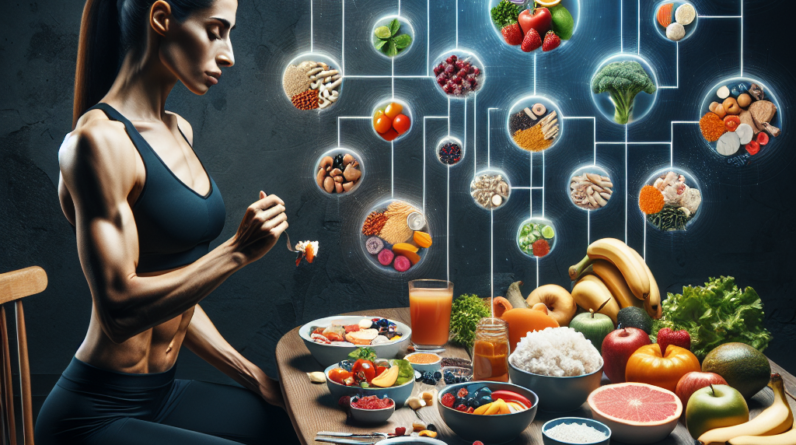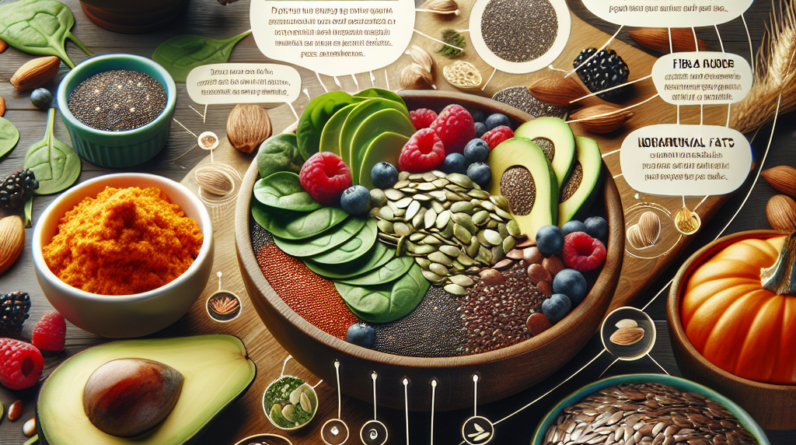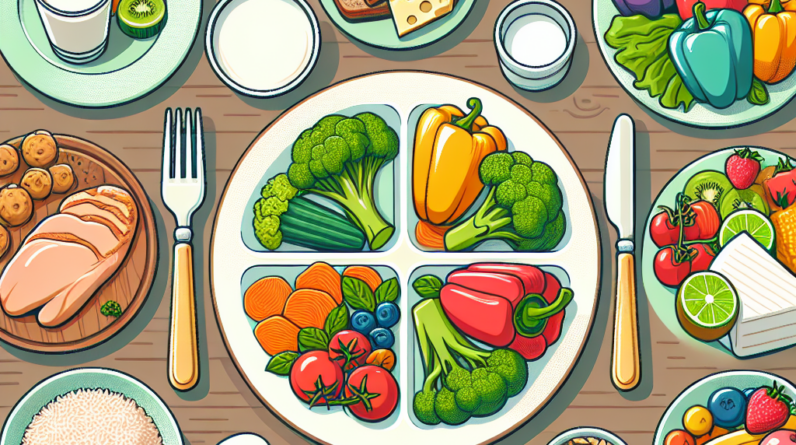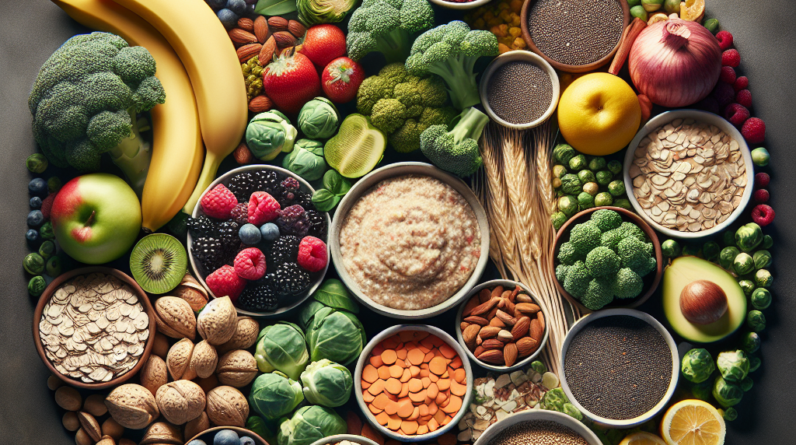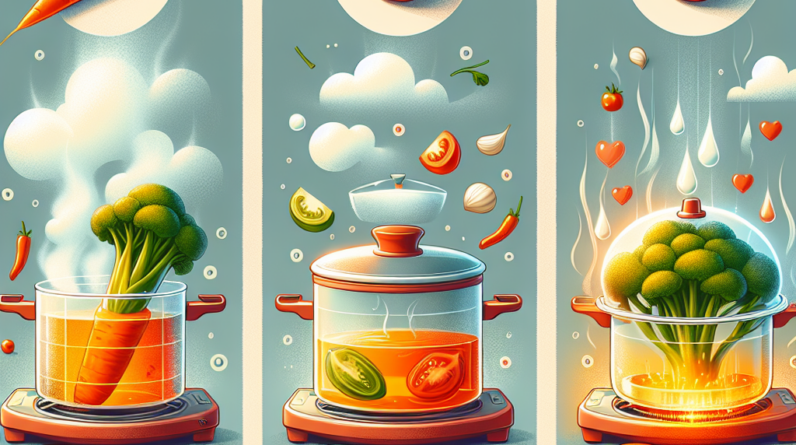
Steaming: The Art of Gentle Cooking
Why Steaming is Beneficial
Steaming has become one of my go-to cooking methods due to its ability to cook food without immersing it in water. When I steam vegetables, I’m impressed by how vibrant and fresh they still look. This method helps retain both color and flavor, making my meals appealing and delicious.
Get a Huge Discount and Bonus! Try for 90 Days Risk Free
One of the best parts about steaming is how it preserves nutrients. Unlike boiling, where nutrients leech into the water, steaming allows vegetables to maintain their vitamin content. I’ve noticed that my broccoli and carrots especially keep their crunch and nutrients when I steam them.
Plus, steaming is simple! It’s quick and requires minimal equipment—just a steamer basket and boiling water. It’s a fantastic way for those of us who want healthy meals in a short amount of time.
Tips for Steaming
When it comes to steaming, timing is everything. I’ve learned that different vegetables have different steaming times, and if you overdo it, they can turn mushy. For example, I find that carrots need about 5-7 minutes, while spinach only takes about 2-3 minutes to wilt just right.
Using a lid while steaming is crucial; it traps the steam and cooks the veggies evenly. I love to throw in some herbs or garlic in the water for an extra flavor kick. Your kitchen will smell amazing!
Lastly, don’t forget to check for doneness. I often poke a vegetable with a fork to see if it’s tender but still firm—that’s the sweet spot. Getting that perfect texture takes a little practice, but it’s totally worth it!
Best Veggies for Steaming
Some veggies really shine when steamed. Broccoli, green beans, and asparagus are among my favorites. They hold onto their nutrients and flavor beautifully!
I also love steaming leafy greens like kale or Swiss chard; they get wonderfully tender without losing their vibrant color. Plus, steamed veggies are super versatile—they can be served as a side or tossed into a salad.
Remember to experiment! I’ve even steamed artichokes for a beautiful, hearty dish. The possibilities are endless and so delicious!
Get a Huge Discount and Bonus! Try for 90 Days Risk Free
Stir-Frying: Quick and Flavorful
The Benefits of Stir-Frying
Stir-frying is where speed and flavor meet! It’s become one of my favorite cooking techniques because it allows me to whip up a healthy meal faster than you can say “takeout.” The high heat used maintains the crunch and flavor of the vegetables.
What’s even better is that stir-frying requires very little oil if you do it right. This way, I can enjoy my veggies without a greasy finish. My go-to combination is bell peppers, broccoli, and snap peas—talk about a rainbow on my plate!
This method also allows for quick nutrient retention, thanks to the fast cooking time. Honestly, nothing beats the satisfaction of a colorful stir-fry that’s not just pretty but super healthy!
Stir-Fry Techniques
One trick I’ve picked up is to prep all my ingredients beforehand. When I’m ready to stir-fry, I have everything chopped and organized. This helps to ensure that all my veggies cook evenly.
Need a Serious Energy BOOST? Huge Discount Try for 90 Days Risk Free
Another key aspect is using a wok—its shape distributes the heat quickly, which makes a huge difference when whipping up a stir-fry. Plus, it gives those gorgeous charred edges that I love.
Lastly, don’t forget to toss in some garlic or ginger! These aromatics add depth to your dish and complement the vegetables perfectly. Just remember to add them after you start cooking—otherwise, you risk burning them.
Choosing Ingredients for Stir-Frying
When I choose veggies for stir-frying, I look for seasonal options since they’re usually more flavorful. I love incorporating leafy greens like bok choy or Napa cabbage; they wilt down nicely yet still provide texture.
One of my favorite combinations includes zucchini and bell peppers with a touch of soy sauce; it’s quick, savory, and unbelievably tasty. I also add in tofu or chicken for a protein boost.
Experimenting with different veggies keeps things exciting. I’ve even tossed in some fruits like pineapple for a sweet contrast; it’s a hit every time!
Roasting: Deep Flavor without Sacrifice
Why Roasting Works
Roasting is my secret weapon for building up flavor in veggies. The high heat caramelizes the natural sugars, making them taste incredible. Brussels sprouts, if you haven’t tried roasting them, are a game-changer! They go from bitter to sweet.
The great thing about roasting is that it’s hands-off—just toss your veggies on a baking tray, season them, and watch them transform in the oven. It’s perfect for busy days when you might not have the time to hover over the stove.
It’s also a great way to use up any sort of vegetable you have on hand. Really, just toss anything into the oven—yams, cauliflower, even carrots—and watch as they turn into flavorful bites.
Roasting Techniques
When it comes to roasting, preheating the oven is vital. I usually crank it up to about 425°F. This high heat is where the magic happens, getting those golden-brown edges that I adore.
Another tip is to spread your veggies out on the pan. Crowding them can lead to steaming rather than roasting, and nobody wants soggy veggies. I make sure there’s enough space for them to breathe and crisp up nicely.
A good drizzle of oil and a sprinkle of salt and pepper can make a significant difference. I sometimes experiment with balsamic vinegar or different spices to change things up a bit—it never disappoints!
Veggies That Shine When Roasted
Some veggies really come alive in the oven. Root vegetables like carrots, potatoes, and beets caramelize beautifully, bringing out natural sweetness. I could eat my weight in roasted root veggies!
Good Health Solution is Easier Than Most People Think!
Take a Look for Yourself!
Certain cruciferous vegetables, including cauliflower and Brussels sprouts, also yield incredible results. The crispy edges are simply irresistible and a sure crowd-pleaser.
And here’s a secret: leftover roasted veggies make for superb additions to salads or grain bowls the next day. It’s a great way to add depth to whatever you’re dishing up!
Blanching: A Simple Technique for Brightness
The Importance of Blanching
Blanching is one of those techniques that not everyone knows about, but once you do, it’s a game-changer. The process involves boiling vegetables briefly and then shocking them in ice water. It’s an excellent method for retaining color and nutrients.
I often use blanching when I’m prepping veggies ahead of time. It helps keep them looking fresh and vibrant, which is especially important for salads. I want my mixed greens to pop on the plate!
Not to mention, blanching can enhance flavor! When I blanch green beans before tossing them in my stir-fry, they stay crisp, and the bright color adds to the overall presentation of the dish.
How to Blanch Perfectly
To blanch effectively, I first bring a pot of water to a rolling boil and prepare a bowl of ice water. Timing is crucial; if I keep them in too long, I risk overcooking them. Typically, a quick 2-3 minutes for most veggies is enough, but I keep my eye on them!
Once they’re ready, a quick plunge into the ice water stops the cooking process, locking in that beautiful color and crisp texture. I’ve learned that draining and drying them afterward prevents any water from creating steam during later cooking methods.
The technique doesn’t just limit itself to veggies; I’ve also used it for fruits! Blanching peaches makes peeling the skins a breeze, and it’s a handy trick for summer cooking.
Best Veggies for Blanching
Some of my favorite vegetables to blanch include broccoli, green beans, and asparagus. They hold up incredibly well and are versatile for snacks or side dishes.
Leafy greens like spinach and kale also benefit from blanching, making them tender yet still full of flavor. I often toss blanched greens into my salads for a bit of texture.
Don’t shy away from experiments! I’ve blanched tomatoes for easy peeling or even some herbs to maintain their vibrant green color for dishes. It’s all about enhancing your meals thoughtfully!
Raw: The Nutrient Powerhouse
The Benefits of Eating Raw Vegetables
Let’s chat about raw vegetables! Eating them uncooked is a fantastic way to maximize nutrient intake, as cooking can sometimes break down certain vitamins. I love crunching on raw bell peppers or dipping carrots into hummus for a healthy snack.
Raw veggies are also versatile—I julienne cucumbers or spiralize zucchini for salads and dishes that offer a fresh crunch without any effort. Plus, they come packed with enzymes that are sometimes good for digestion. Win-win!
I encourage everyone to experiment with raw veggies; you might discover a new favorite! They’re especially great on hot days when you don’t want to stand over a hot stove.
How to Enjoy Raw Veggies
My favorite way to enjoy raw veggies is to create colorful platters. I like to mix and match color and texture for a feast that’s a feast for the eyes as much as it is for the stomach. Pairing raw vegetables with dips like guacamole or tahini makes them extra delicious.
Sometimes I throw together a salad loaded with different veggies. The freshness combined with a zesty dressing leaves me feeling nourished and satisfied. It’s an easy way to eat my greens without any fuss!
Don’t forget about pickle! Fermented raw veggies like kimchi or pickles can provide probiotics that are beneficial for gut health, making them a tasty addition to any meal.
Raw Vegetable Combinations
I’ve come up with so many combinations that I can hardly keep track! One of my go-tos is shredded carrot, grated beets, and sliced cucumber tossed with a splash of lemon juice and sea salt. It’s refreshing and looks fabulous on the plate.
Another favorite is a colorful slaw made with purple cabbage, green onions, and cilantro, drizzled with sesame oil. It’s not just pretty; it packs a punch of flavors that I could eat daily!
Remember to keep trying new combinations! Seasonal raw veggies often inspire me, too. Every time I visit the farmer’s market, I leave with new ideas and a colorful array of fresh produce.
FAQ
1. What is the best way to cook vegetables to retain nutrients?
Steaming is one of the best methods, as it helps preserve most nutrients without adding too much fat or water. Quick cooking times are key!
2. Can I cook all vegetables using the same method?
Not all veggies are created equal! Some do best with steaming or roasting, while others shine raw or stir-fried. Familiarizing yourself with each vegetable’s strengths helps!
3. Is it better to eat vegetables raw or cooked?
It depends on the vegetable! Some, like tomatoes and carrots, can be more nutritious when cooked due to easier nutrient absorption, while others, like peppers and broccoli, may retain more vitamins raw.
4. How can I enhance the flavor of cooked vegetables?
Try adding herbs, spices, garlic, or a squeeze of lemon juice! It doesn’t take much to elevate your veggies, and experimenting can lead to delicious discoveries.
5. What are the health benefits of eating vegetables?
Vegetables are packed with essential vitamins, minerals, and fiber. Regularly incorporating them into your diet can help reduce the risk of chronic diseases while supporting overall health!



